
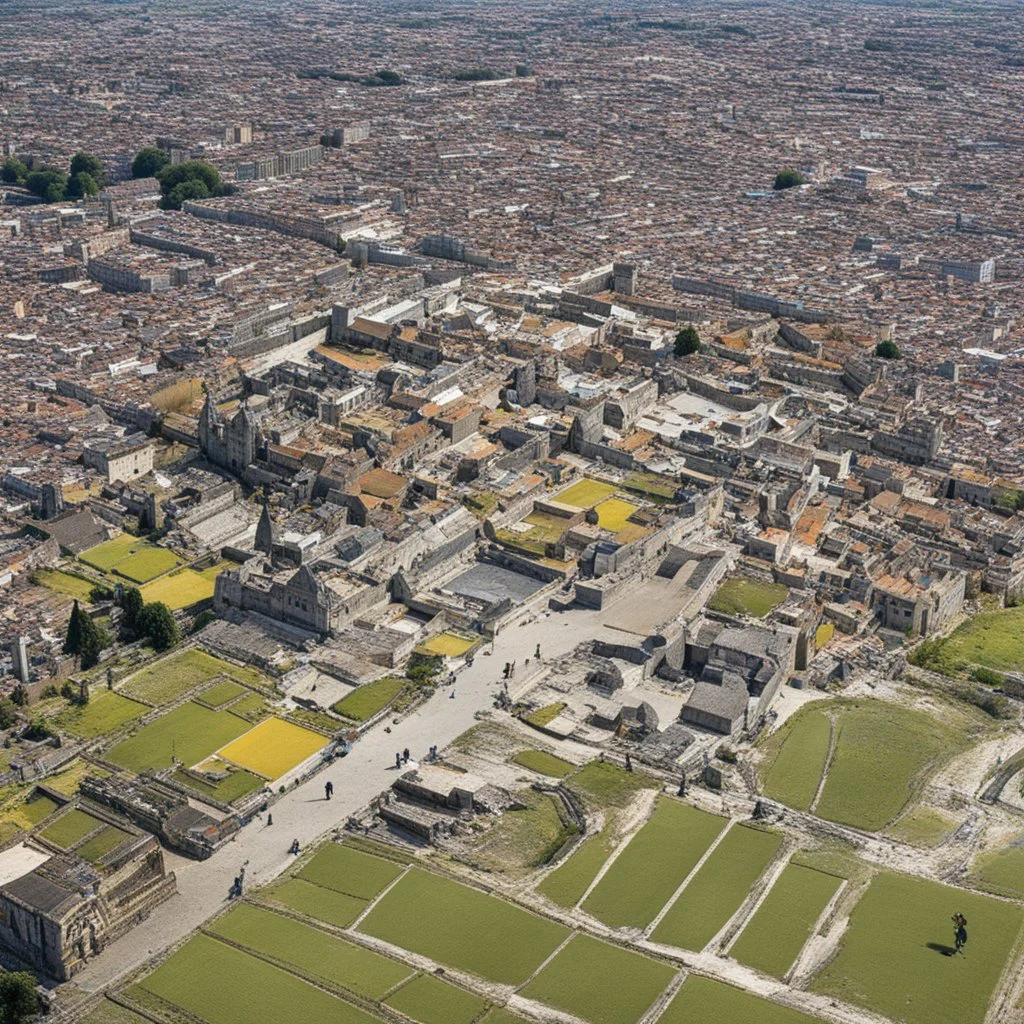
@generalpha
Prompt
Non-lieu ("non-place" or "nonplace" in English) is a concept, introduced by French anthropologist Marc Augé. It describes transient spaces where people maintain anonymity and which lack the cultural or historical significance to be considered true "places" in anthropological terms. Augé contrasts this concept with "anthropological places," which are spaces that reinforce identity and facilitate meaningful social interactions among individuals with shared cultural references. Non-places, however,
statue, doubles, twins, entangled fingers, Worst Quality, ugly, ugly face, watermarks, undetailed, unrealistic, double limbs, worst hands, worst body, Disfigured, double, twin, dialog, book, multiple fingers, deformed, deformity, ugliness, poorly drawn face, extra_limb, extra limbs, bad hands, wrong hands, poorly drawn hands, messy drawing, cropped head, bad anatomy, lowres, extra digit, fewer digit, worst quality, low quality, jpeg artifacts, watermark, missing fingers, cropped, poorly drawn
1 year ago
Model
SSD-1B
Guidance Scale
7
Dimensions
1024 × 1024
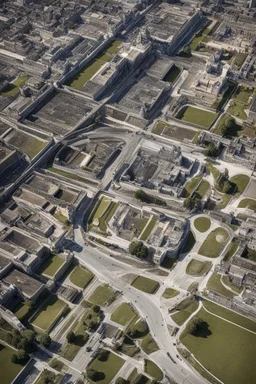
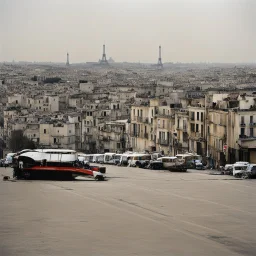
![Close similarities have been noted between Stonehenge and Pömmelte circular enclosure in central Germany, which was built by Bell Beaker people around 2300 BC.[127] [121] Large timber circles in Britain such as Woodhenge, near to Stonehenge, have similarly been dated to the early Beaker period or just before the Beaker period.[182][183] Some researchers have suggested that Woodhenge may have been a monumental roofed building, though it is usually thought to have been an open-air structure.[184][](https://img.stablecog.com/insecure/256w/aHR0cHM6Ly9iLnN0YWJsZWNvZy5jb20vMDEwZmRlNTYtNDFiMC00Mzc0LWE1ODktZDA0ZTMxOTdhOGMxLmpwZWc.webp)
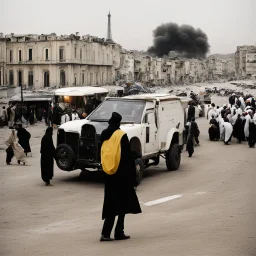

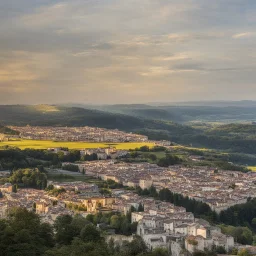
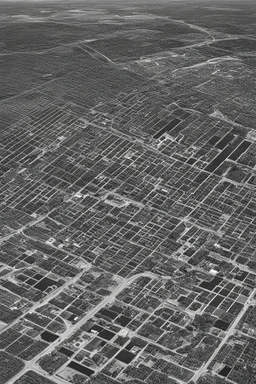
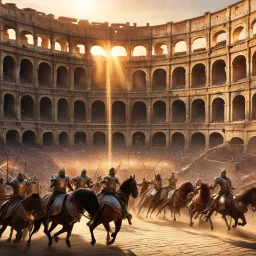
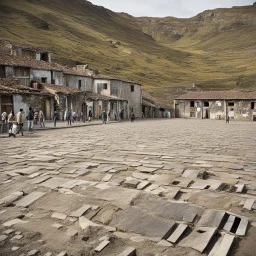


![A plume of smoke rises in the sky of Gaza City during an Israeli airstrike, Oct. 9, 2023, as Israel’s military relentlessly pounded the Palestinian territory overnight and into the day as fighting with Hamas continued. [Mahmud Hams/AFP]](https://img.stablecog.com/insecure/256w/aHR0cHM6Ly9iLnN0YWJsZWNvZy5jb20vY2Y3YzJlMmItYzQyMy00NTcwLTg1MWYtNGMxNDkzMTAwZTVmLmpwZWc.webp)